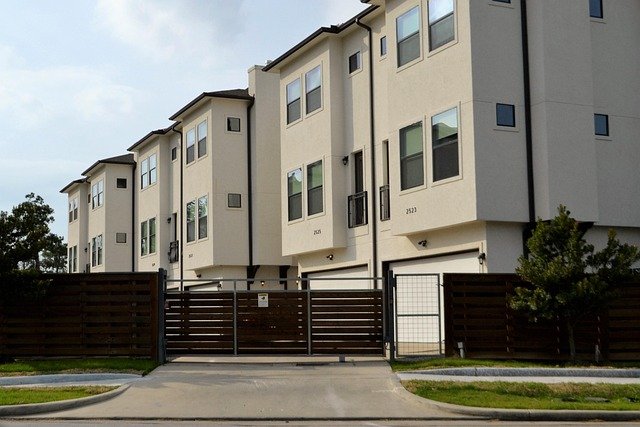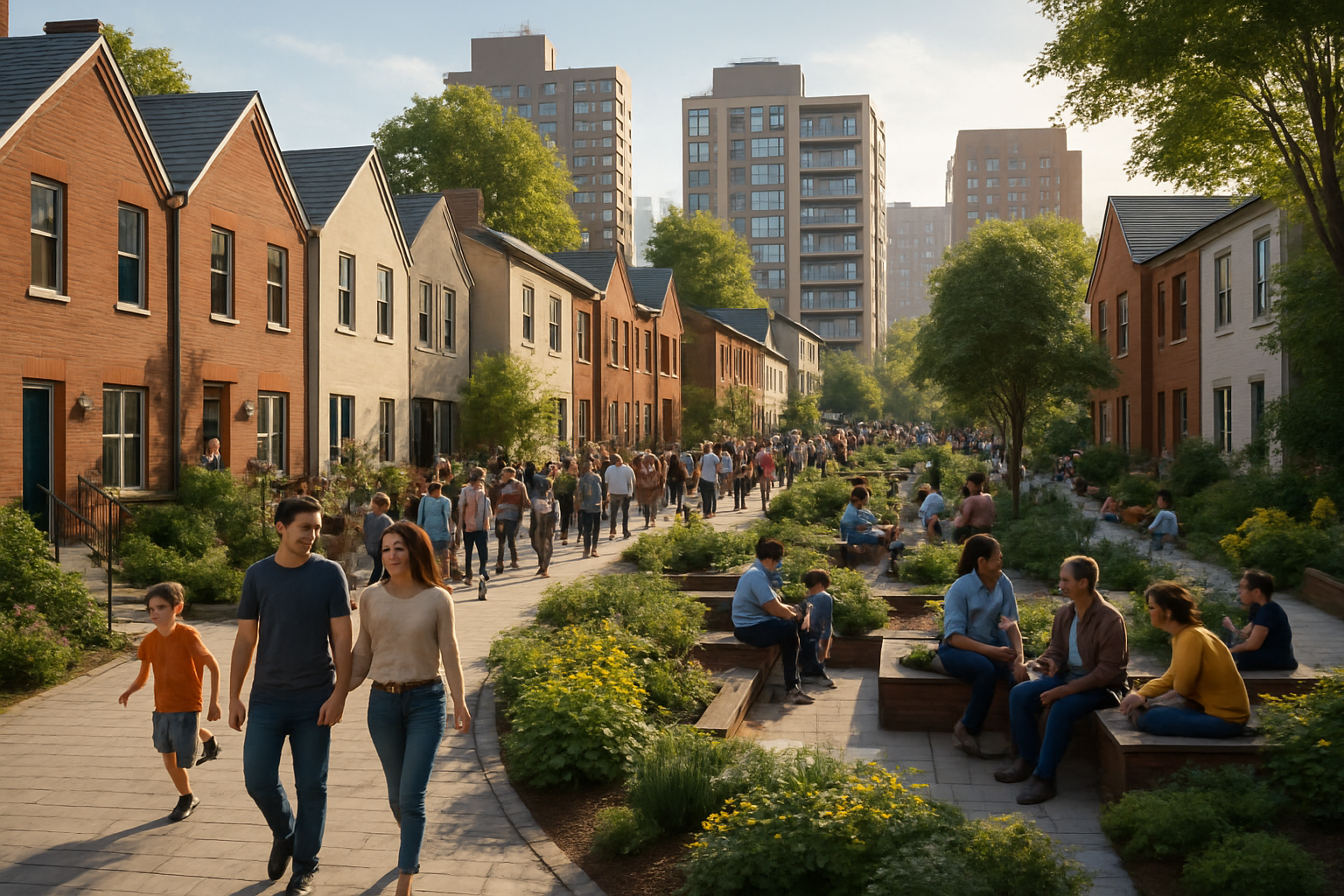Reverse Gentrification: The Unexpected Shift in Urban Real Estate
In the ever-evolving landscape of urban real estate, a new trend is quietly reshaping neighborhoods and challenging long-held assumptions about property values and community dynamics. Reverse gentrification, a phenomenon where affluent areas experience an influx of lower-income residents, is gaining traction in cities across the globe. This unexpected shift is prompting real estate professionals, investors, and policymakers to reevaluate their strategies and understanding of urban development.

Historical Context and Emergence
The roots of reverse gentrification can be traced back to the mid-20th century, when suburbanization led to the decline of many inner-city neighborhoods. However, the current wave of reverse gentrification is driven by different factors, including changing demographics, economic shifts, and evolving preferences for urban living.
In the past decade, several major cities have witnessed pockets of reverse gentrification. Areas once known for their exclusivity and high property values are now seeing a more diverse mix of residents and businesses. This shift is often attributed to factors such as aging housing stock, changing job markets, and the increasing cost of maintaining luxury properties.
Drivers of the Reverse Gentrification Trend
Several key factors contribute to the emergence of reverse gentrification in urban areas. One significant driver is the increasing income inequality in many cities. As the gap between the wealthy and the middle class widens, some affluent areas become less sustainable, leading to a gradual shift in demographic composition.
Another factor is the changing nature of work and commuting patterns. With the rise of remote work and flexible schedules, the traditional appeal of living in exclusive neighborhoods close to central business districts has diminished for some high-income earners. This has opened up opportunities for lower-income individuals to move into these areas.
Additionally, shifts in housing preferences among younger generations play a role. Many millennials and Gen Z individuals prioritize experiences and lifestyle over large, luxurious homes, leading to a decreased demand for high-end properties in certain areas.
Impact on Property Values and Investment Strategies
The phenomenon of reverse gentrification presents both challenges and opportunities for real estate investors and homeowners. In affected areas, property values may experience a gradual decline or stagnation, contrary to the typical appreciation expected in urban real estate markets.
For long-term homeowners in these neighborhoods, the trend may result in decreased home equity and potential difficulties in selling properties at desired prices. However, for investors with a keen eye for emerging trends, reverse gentrification can present unique opportunities to acquire properties in historically desirable locations at more affordable prices.
Real estate professionals need to adapt their investment strategies to account for this shift. Rather than focusing solely on high-end properties, diversifying portfolios to include a mix of property types and price points in areas experiencing reverse gentrification may prove beneficial. Additionally, investors may find success in renovating and repositioning properties to appeal to a broader range of potential buyers or renters.
Community and Social Implications
Reverse gentrification brings about significant changes in community dynamics and social structures. As neighborhoods become more economically diverse, there is potential for increased social interaction and integration across different income levels. This can lead to a richer cultural tapestry and more vibrant local economies.
However, the process is not without challenges. Long-time residents may struggle to adapt to changing neighborhood characteristics, and there may be tensions between different socioeconomic groups. Community organizations and local governments play crucial roles in managing these transitions and fostering inclusive environments.
Urban Planning and Policy Considerations
The emergence of reverse gentrification necessitates a reevaluation of urban planning strategies and housing policies. City planners and policymakers must consider how to maintain a balance between preserving neighborhood character and accommodating changing demographics.
Implementing mixed-income housing initiatives, providing support for small businesses, and investing in public infrastructure can help create more resilient and adaptive urban environments. Additionally, policies that promote affordable housing options within traditionally affluent areas can help facilitate a more organic and sustainable form of neighborhood diversification.
Long-term Outlook and Market Implications
As reverse gentrification continues to reshape urban landscapes, its long-term impact on real estate markets remains to be seen. Some experts predict that this trend may lead to more balanced and sustainable urban development, with a more equitable distribution of resources and opportunities across neighborhoods.
For real estate professionals, understanding and anticipating these shifts will be crucial for success in the changing market. Developing strategies that embrace diversity and adaptability will be key to navigating the complexities of urban real estate in the coming years.
Conclusion
Reverse gentrification represents a paradigm shift in urban real estate dynamics, challenging traditional notions of neighborhood development and investment. As this trend continues to unfold, it offers both opportunities and challenges for investors, homeowners, and communities. By staying informed and adaptable, real estate professionals can position themselves to thrive in this evolving landscape, while contributing to the creation of more inclusive and diverse urban environments.





